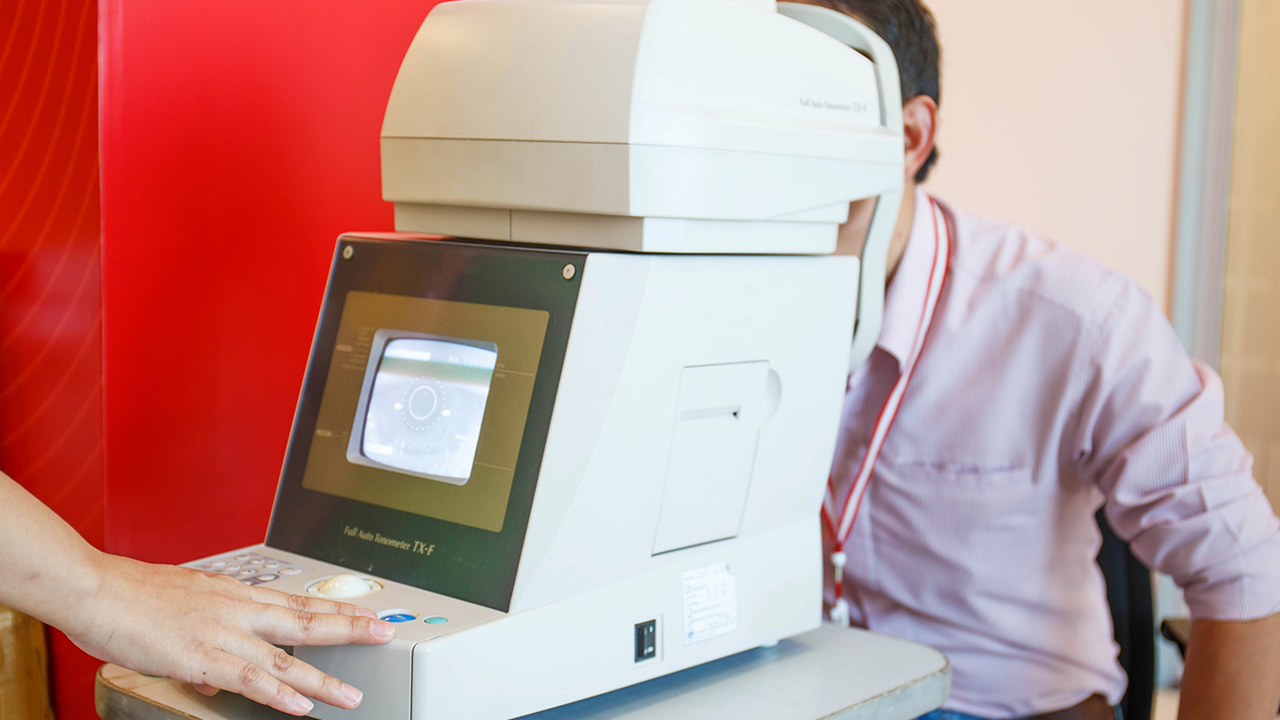Share the Diagnostic Criteria and Examination Items of Chancroid

Definition:
Chancroid is a sexually transmitted infection (STI) caused by the bacterium Haemophilus ducreyi. It is characterized by painful, ulcerative lesions on the genitals or surrounding areas.
Diagnostic Criteria:
Clinical Manifestations:
Painful, punched-out ulcers with a raised, beefy red border
Lymphadenopathy (inflammation of lymph nodes) in the groin, often unilateral
Tenderness and discomfort during urination or intercourse
Laboratory Tests:
Bacterial culture of the lesion
Gram stain of the lesion exudate
Serological tests (e.g., enzyme-linked immunosorbent assay [ELISA])
Examination Items:
History:
Detailed sexual history, including number of partners and condom use
Risk factors for STIs (e.g., unprotected sex, multiple partners)
Onset and duration of symptoms
Physical Examination:
Anogenital Examination:
Inspection of the genitals and surrounding areas for ulcers, vesicles, or other lesions
Palpation of lymph nodes for enlargement or tenderness
Lymphadenopathy Evaluation:
Assessment of groin lymph nodes for size, consistency, and tenderness
Fluctuation or fluctuant masses may indicate abscess formation
Systemic Examination:
General inspection for signs of fever or systemic symptoms
Laboratory Examination:
Bacterial Culture:
Swabs are taken from the ulcerated lesion and inoculated onto specific culture media
H. ducreyi colonies, if present, are typically grayish-white and produce a distinctive odor
Gram Stain:
A stained smear of the lesion exudate is examined under a microscope
H. ducreyi bacteria appear as short, Gram-negative rods with bipolar staining (ends are darker)
Serological Tests:
Blood tests may detect antibodies against H. ducreyi
ELISA is commonly used to detect IgG antibodies, which indicate past exposure to the bacteria
Differential Diagnosis:
Herpes simplex virus infection
Syphilis
Lymphogranuloma venereum
Granuloma inguinale
Other STIs
Treatment:
Antibiotic therapy, typically with azithromycin or ceftriaxone
Treatment of any accompanying lymphadenopathy or abscesses
Sexual partner notification and treatment
Prevention:
Consistent and correct condom use during sexual activity
Limiting the number of sexual partners
Regular STI screening for individuals at risk
Complications:
Untreated chancroid can lead to complications such as:
Lymphadenitis (inflammation of lymph nodes)
Abscess formation
Scarring
Increased risk of HIV transmission
The above is all the content that the editor wants to share with you. I sincerely hope that these contents can bring some help to your life and health, and I also wish that your life will be happier and happier.
Topic: #diagnostic #criteria #share











